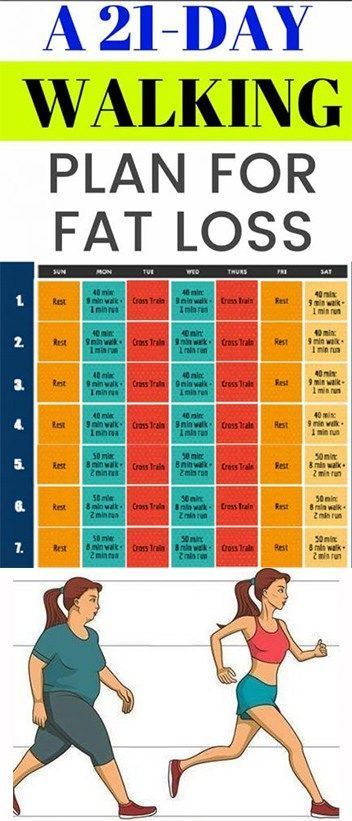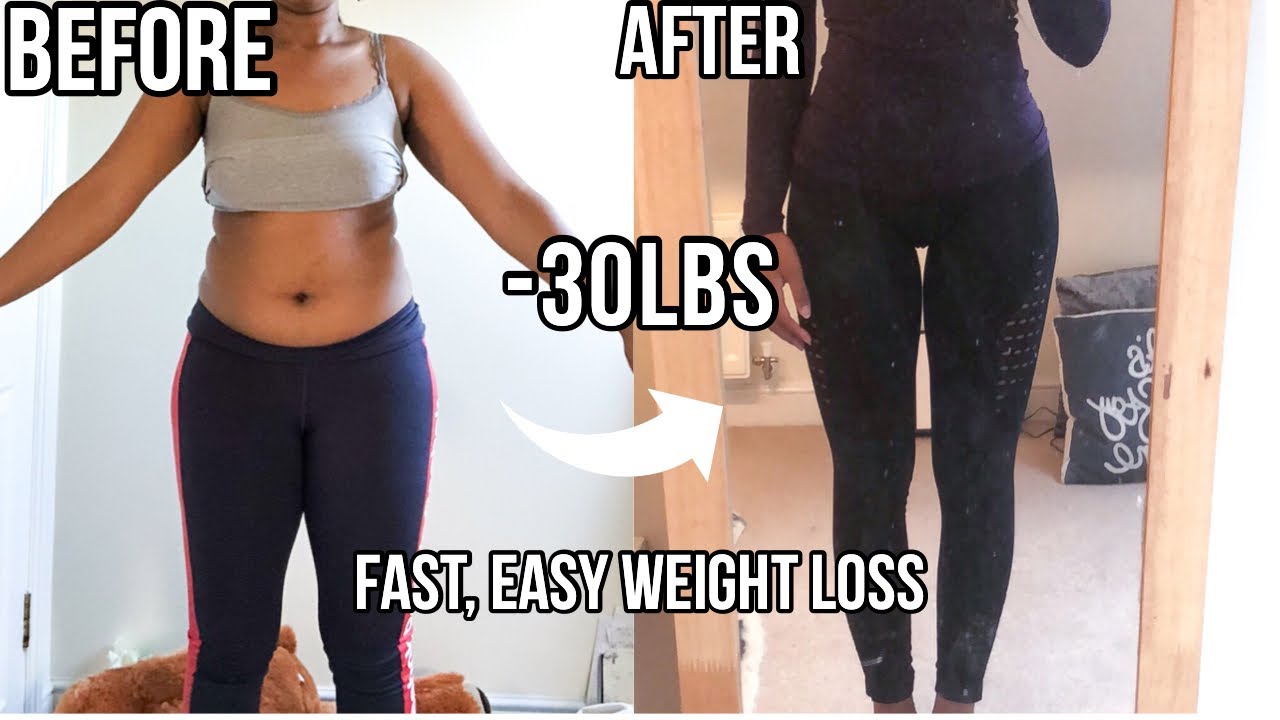
When it comes to getting in shape, running and biking are often the same. Both can be great ways to get in shape, but which is better for your body? You might feel that running is better for your body because it releases endorphins, or 'runners high'. Running, on the other hand is a high impact sport that can cause injury, so make sure your body is ready for it. Running on hard surfaces may cause injury. There are many things you can do to minimize injury.
It's less jarring
Bike riding has many advantages over running when it comes to comfort. Bike riders don't suffer from back pain or knee pain, which makes cycling a great way to stay in shape. Bike riders can also enjoy a more comfortable ride, which can be especially beneficial for overweight individuals. Running can cause pain in the lower back, knees, ankles and ankles. Cycling does not. Running can also cause runners to lose motivation.

Better cardiovascular health
Running and cycling both provide aerobic exercise. However, which is more beneficial for your cardiovascular health? Your preferences and fitness goals will dictate which exercise you prefer, running or cycling. Healthline says that both exercises are good for your cardiovascular health, but running burns more calories than cycling. Here's why. Running helps you lose weight and improve your cardiovascular health. Both types of exercise will improve your blood pressure and reduce your risk of developing diabetes and heart disease.
Cheaper
Running is more energy-efficient than cycling, requires fewer resources and costs less to purchase a bike. Because most people already own shoes, bicycling requires less equipment. Cycling is more convenient, and you can use it on a daily basis for transportation and airport travel. Many people mistakenly believe that they are natural runners. But, there are alternatives to running. Cycling teaches you good walking technique.
Muscle building
Cycling is a great exercise for building large muscles, especially in the lower part of the body. Running builds primarily the upper body. Both exercise are great for cardiovascular health. Bicycling is better at building legs muscles than running. Running is good for strengthening bones, but you won’t gain much bulk. Running is better for your cardio than biking, but cycling can increase your stamina and increase your endurance.

Prices
Biking offers many benefits over running. However, it is more expensive than cycling. You will need high-quality shoes and clothing as well as a lock for your bike and other protective gear. It is important to properly maintain your premium bike, especially if you have decided to buy one. You will also need to buy additional equipment. Cycling is an excellent exercise option for travelers, since it will help you improve your stamina.
FAQ
How much weight can you lose in one week?
The amount of weight you can lose depends on your current body fat percentage. First, calculate how much weight your goal weight is and then determine what your BMI (Body Mass Index). Your BMI is a measure of how much weight you need to lose. If your BMI is 25 or greater, you're overweight. If your BMI exceeds 30, you may be obese.
For example, if you weigh 200 pounds, your BMI would be calculated at 28.7. This means that you'd need to lose around 70 pounds to get down to a healthy weight range. To see if you're overweight, visit www.healthyminds.com/bmi/.
You can calculate the number of pounds you'll lose each week by knowing your BMI.
(Your Goal Weight - Current Weight)/BMI * 7 Number Of Pounds Lost Per Week
To lose 50lbs in a month you will need 2 weeks worth of exercise. This equals 56 days. Then, divide that by 7 pound per day. That's 8.3 pounds per week.
You could also try this calculator from www.weightlosscalculator.net. This calculator gives you an estimate of how many calories are needed to lose 1 pound per day.
Why lose weight before you reach 40 years old?
Senior citizens over 40 need to maintain their health, fitness and well-being. It is essential to find ways to stay fit throughout one's life. Regular exercise, healthy eating, moderate alcohol consumption, and quitting smoking are all important.
It is important to recognize that our bodies change as we age. Our bones weaken and our muscles shrink. You can slow down the aging process if you take care of yourself.
There are many benefits to staying healthy and fit as we age. These are some of the benefits:
-
Better sleep
-
Better mood
-
Increased energy levels
-
Lower risk of cancer
-
A longer life
-
More independence
-
Better sex
-
Improved memory
-
Better concentration
-
Improved circulation
-
Stronger immune system
-
Fewer aches & pains
How can busy people lose their weight?
You can lose weight by eating less and moving more.
If you eat too much food, you'll gain weight. Exercise is important to lose weight. Combining these two simple habits will help you lose weight.
Can I eat fruits when I am intermittently fasting?
The health benefits of fruits are numerous. They are rich sources of vitamins, minerals. Fiber, antioxidants, as well other nutrients. But, they can also contain sugar that can spike blood glucose levels. This can lead insulin resistance and weight increase. You can lose weight by following an IF diet. Make sure to eat low glycemic fruits like apples, pears and berries.
Is there any side effect to intermittent fasting?
Intermittent fasting is safe and has no side effects. But, it is possible to experience minor side effects if you plan poorly.
You might feel irritable if you skip breakfast. It is possible to experience headaches and muscle cramps.
These symptoms usually resolve within a few weeks.
Statistics
- According to Harvard Health, it's estimated that a 155-pound (70-kg) person burns roughly 112 calories per 30 minutes of weight training (5). (healthline.com)
- One 6-month study showed that simply doing 11 minutes of strength-based exercises 3 times per week resulted in a 7.4% increase in metabolic rate, on average. (healthline.com)
- Another study found that 24 weeks of weight training led to a 9% increase in metabolic rate among men, which equated to burning approximately 140 more calories per day. (healthline.com)
- Among women, the increase in metabolic rate was nearly 4%, or 50 more calories per day (14Trusted Source (healthline.com)
External Links
How To
How to Intermittent Fasting
Intermittent fasting is a dieting method where you normally eat one day per week, usually Monday through Friday. The idea behind this is to reduce your overall calorie intake while still getting adequate nutrition. It's believed that this helps burn fat faster than if you were eating normal meals throughout the entire week.
The most common form of IF involves restricting calories only on certain days of the week. This means that you might skip breakfast every day and then indulge in whatever food you desire throughout the day. You can also opt to eat three small meals a day instead of two large.
Many forms of intermittent fasting are available, such as alternate day fasting (5/2 fasts), 8/4 fasts and 16/8 fasts. There are pros as well as cons to each form of intermittent fasting. Alternate day fasting is the easiest way to start out because you don't have to make any major changes to your lifestyle. But, there are some people who find it hard to follow such a strict schedule. These people might prefer to try different methods.
If you are interested in starting an intermittent fasting regime, I recommend beginning with alternate-dayfasting. This will allow to slowly transition to more extreme fasting regimens without drastically changing your lifestyle.